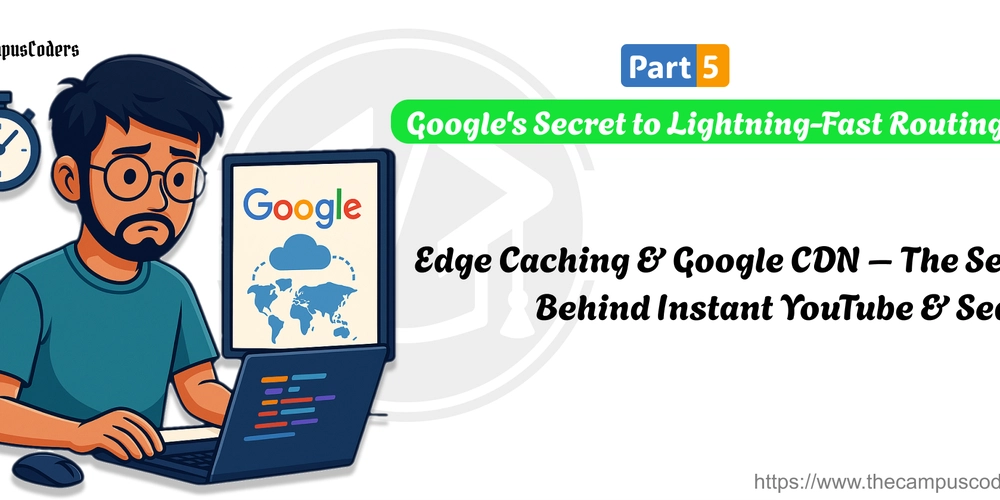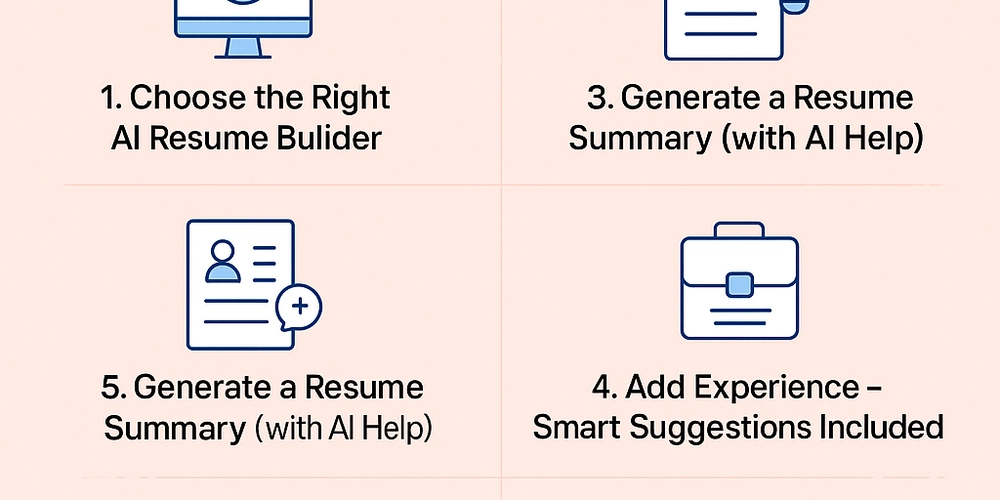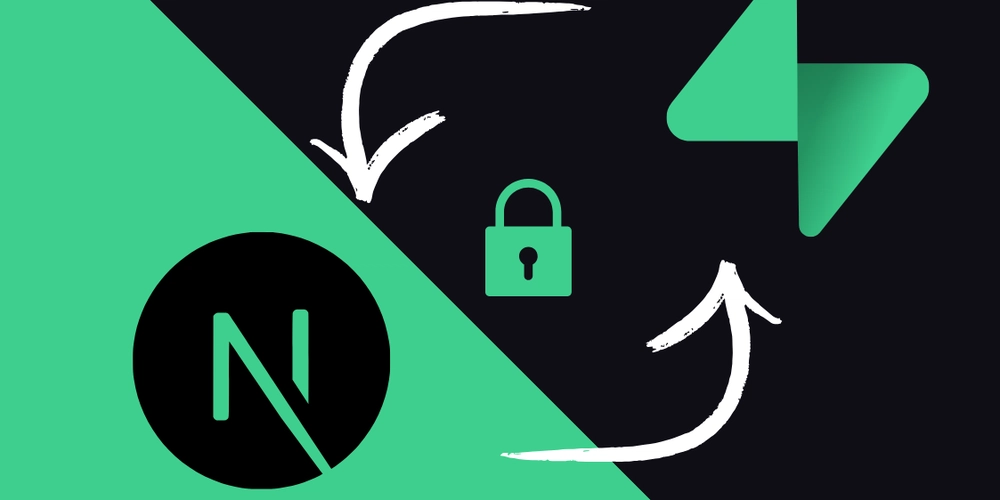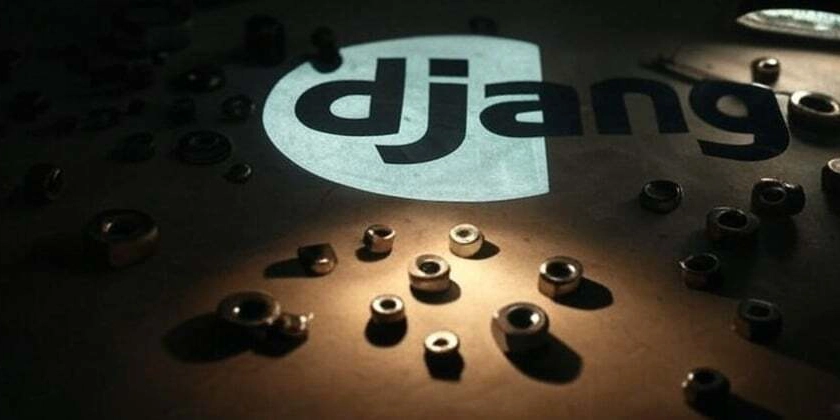Part 5: Edge Caching & Google CDN – The Secret Behind Instant YouTube & Search
Even with a lightning-fast private backbone, sending every single request to a central data center would be overkill and inefficient — especially when many users are asking for the same content. This is where Google’s Edge Caching and Content Delivery Network (CDN) comes into play. By bringing the most requested data closer to users, Google reduces latency, improves speed, and saves backend resources. Real-World Analogy: Grocery Store vs. Warehouse Imagine you want a packet of milk: Option A: Go to the central dairy warehouse 100 km away every time. Option B: Walk to your nearby kirana shop that already stocks milk. Google follows Option B — using local edge servers that store recently/frequently accessed data (like YouTube videos, search results, thumbnails). What is a CDN? A CDN (Content Delivery Network) is a distributed system of edge servers placed across the globe. These servers cache: Static content (images, JS, CSS, videos) Dynamic data with smart invalidation Partial pages and fragments (via Edge Side Includes) Google’s CDN & Cache Layers Layer Purpose Edge Cache Closest to the user (ISP PoP) Regional Cache Bigger cache across regions (e.g., Southeast Asia) Central Data Center Authoritative data source (e.g., in California)

Even with a lightning-fast private backbone, sending every single request to a central data center would be overkill and inefficient — especially when many users are asking for the same content.
This is where Google’s Edge Caching and Content Delivery Network (CDN) comes into play.
By bringing the most requested data closer to users, Google reduces latency, improves speed, and saves backend resources.
Real-World Analogy: Grocery Store vs. Warehouse
Imagine you want a packet of milk:
- Option A: Go to the central dairy warehouse 100 km away every time.
- Option B: Walk to your nearby kirana shop that already stocks milk.
Google follows Option B — using local edge servers that store recently/frequently accessed data (like YouTube videos, search results, thumbnails).
What is a CDN?
A CDN (Content Delivery Network) is a distributed system of edge servers placed across the globe. These servers cache:
- Static content (images, JS, CSS, videos)
- Dynamic data with smart invalidation
- Partial pages and fragments (via Edge Side Includes)
Google’s CDN & Cache Layers
| Layer | Purpose |
|---|---|
| Edge Cache | Closest to the user (ISP PoP) |
| Regional Cache | Bigger cache across regions (e.g., Southeast Asia) |
| Central Data Center | Authoritative data source (e.g., in California) |




























![[Webinar] AI Is Already Inside Your SaaS Stack — Learn How to Prevent the Next Silent Breach](https://blogger.googleusercontent.com/img/b/R29vZ2xl/AVvXsEiOWn65wd33dg2uO99NrtKbpYLfcepwOLidQDMls0HXKlA91k6HURluRA4WXgJRAZldEe1VReMQZyyYt1PgnoAn5JPpILsWlXIzmrBSs_TBoyPwO7hZrWouBg2-O3mdeoeSGY-l9_bsZB7vbpKjTSvG93zNytjxgTaMPqo9iq9Z5pGa05CJOs9uXpwHFT4/s1600/ai-cyber.jpg?#)













































































































































![[The AI Show Episode 144]: ChatGPT’s New Memory, Shopify CEO’s Leaked “AI First” Memo, Google Cloud Next Releases, o3 and o4-mini Coming Soon & Llama 4’s Rocky Launch](https://www.marketingaiinstitute.com/hubfs/ep%20144%20cover.png)




































































































































































































![Rogue Company Elite tier list of best characters [April 2025]](https://media.pocketgamer.com/artwork/na-33136-1657102075/rogue-company-ios-android-tier-cover.jpg?#)








































































_Andreas_Prott_Alamy.jpg?width=1280&auto=webp&quality=80&disable=upscale#)




























































































![What’s new in Android’s April 2025 Google System Updates [U: 4/18]](https://i0.wp.com/9to5google.com/wp-content/uploads/sites/4/2025/01/google-play-services-3.jpg?resize=1200%2C628&quality=82&strip=all&ssl=1)










![Apple Watch Series 10 Back On Sale for $299! [Lowest Price Ever]](https://www.iclarified.com/images/news/96657/96657/96657-640.jpg)
![EU Postpones Apple App Store Fines Amid Tariff Negotiations [Report]](https://www.iclarified.com/images/news/97068/97068/97068-640.jpg)
![Apple Slips to Fifth in China's Smartphone Market with 9% Decline [Report]](https://www.iclarified.com/images/news/97065/97065/97065-640.jpg)


































































































































